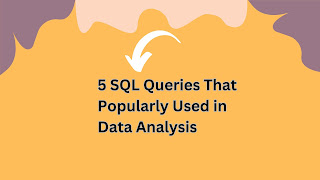Data is now a variety of patterns. Data is now more than just plain text, it can exist in various persistence-storage mechanisms, with Hadoop distributed file system (HDFS) being one of them.
The way data is ingested or the sources from which data is ingested affects the way data is stored. On the other hand, how the data is pushed further into the downstream systems or accessed by the data access layer decides how the data is to be stored.
Role of RDBMS
The need to store huge volumes of data has forced databases to follow new rules of data relationships and integrity that are different from those of relational database management systems (RDBMS). RDBMS follow the ACID rules of atomicity, consistency, isolation, and durability.
These rules make the database reliable to any user of the database. However, searching huge volumes of big data and retrieving data from them would take large amounts of time if all the ACID rules were enforced.
A typical scenario is when we search for a certain topic using Google. The search returns innumerable pages of data; however, only one page is visible or basically available (BA).
The rest of the data is in a soft state (S) and is still being assembled by Google, though the user is not aware of it. By the time the user looks at the data on the first page, the rest of the data becomes eventually consistent (E). This phenomenon—basically available soft state and eventually consistent—is the rule followed by the big data databases, which are generally NoSQL databases following BASE properties.
Database theory suggests that any distributed NoSQL big database can satisfy only two properties predominantly and will have to relax standards on the third.
The three properties are consistency, availability, and partition tolerance (CAP). This is the CAP theorem.
Polyglot pattern: Multiple types of storage mechanisms—like RDBMS, file storage, CMS, OODBMS, NoSQL, and HDFS—co-exist in an enterprise to solve the big data problem.
The aforementioned paradigms of ACID, BASE, and CAP give rise to new big data storage patterns like below:
- Façade pattern: HDFS serves as the intermittent Façade for the traditional DW systems.
- Lean pattern: HBase is indexed using only one column-family and only one column and unique row-key.
- NoSQL pattern: Traditional RDBMS systems are replaced by NoSQL alternatives to facilitate faster access and querying of big data.


.jpg)
Comments
Post a Comment
Thanks for your message. We will get back you.